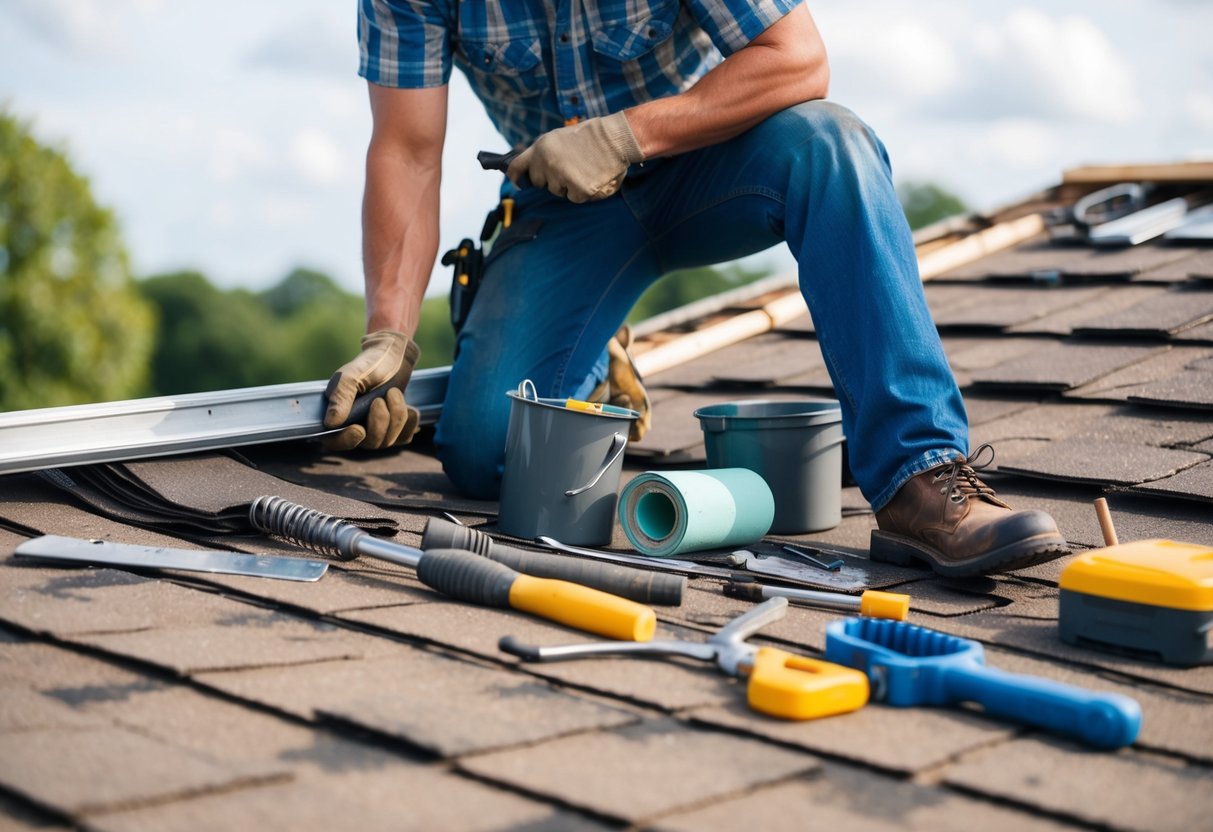DIY Roof Repair: Safeguarding Your Home with Essential Tips and Tools
When it comes to maintaining the structural integrity of a home, roof repair plays a critical role. Whether faced with minor leaks or more significant damage, addressing these issues promptly can prevent more extensive problems down the line. By equipping themselves with the right tools and techniques for DIY roof repairs, homeowners can safeguard their homes efficiently and save on costs.
Homeowners often grapple with deciding whether to tackle roof repairs themselves or hire a professional roofer. Both options have their merits. DIY enthusiasts can manage small repairs, gaining a sense of satisfaction and saving money, while large-scale repairs or complicated issues may benefit from the expertise of a professional roofer. In either case, having fundamental roof repair knowledge is advantageous.
In preparing for roof maintenance, safety should never be overlooked. It’s essential to understand the risks associated with working at heights and to invest in quality safety gear. Proper preparation and understanding of one’s limits can make a significant difference in successful DIY roof repairs, ensuring not just a secure home but also the safety of those doing the work.
Assessing Roof Damage
Before embarking on any roof repair, it’s critical to evaluate the extent of roof damage and identify specific issues. A systematic approach to inspection ensures that no problem goes unnoticed, whether it’s an isolated leak or broader structural concerns. Identifying common roofing problems allows for strategic planning in repairing and maintaining the roof effectively.
Conducting a Thorough Roof Inspection
To effectively assess roof damage, first ensure safety by using a sturdy ladder and appropriate footwear. Walk along the roof perimeter, checking for visible signs of wear. This includes cracked, curled, or missing shingles. Pay special attention to the valleys, as these are common areas for leaks.
Look for granules collecting in gutters, which indicates aging shingles. Inspect flashing around chimneys, vents, and skylights, as improper sealing here can lead to water intrusion. Observe any sagging or unevenness, which might suggest structural issues. It’s important to conduct this inspection annually and after severe weather events, such as storms or heavy winds, to prevent minor problems from escalating.
Identifying Common Roofing Problems
Roof leaks are a significant concern, often stemming from deteriorated shingles or flashing issues. Dark stains or streaks on interior ceilings can signal water damage from a leaking roof. Mold growth around the attic could also indicate moisture problems. Furthermore, check for rot or damage in the roof deck beneath the shingles.
Storms may cause debris impact, leading to punctures or tears in the roofing material. Over time, exposure to the sun can cause roofing materials to shrink and crack, making regular inspections vital. Being alert to these problems helps in taking timely corrective action and extending the roof’s lifespan, safeguarding the home effectively.
Understanding Roofing Materials

Roofing materials play a crucial role in protecting your home. Choosing the right type can significantly impact your roof’s longevity and maintenance requirements. It’s imperative to analyze both the aesthetic and functional traits.
Choosing the Right Roof Covering
Selecting a roof covering involves considering various materials like asphalt, metal, tiles, and wood. Each material offers distinct advantages. Asphalt shingles are prevalent due to their affordability and ease of installation.
Metal roofs are prized for durability and energy efficiency. They can withstand harsh weather and require less frequent repairs. Tile roofing, often made from clay or concrete, provides a classic look and excellent fire resistance. Wood shingles, though less common, add rustic charm but may demand more maintenance. Weather conditions, budget, and aesthetic preferences are crucial factors when choosing a roof covering.



